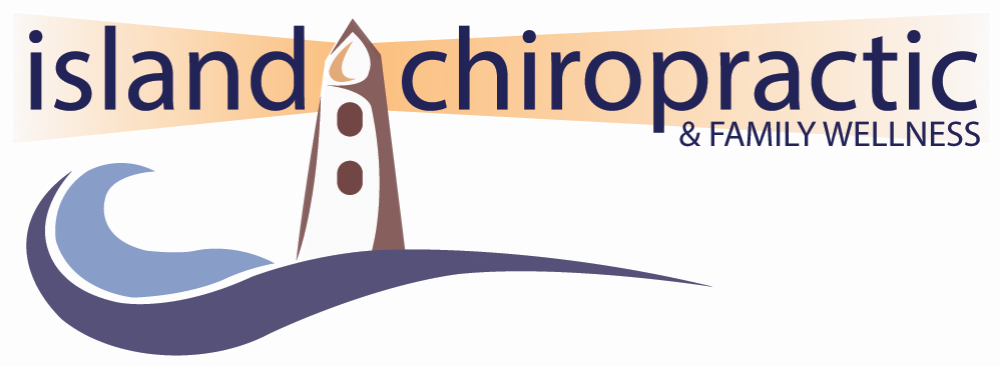What do you think holds most people back from regular physical activity or exercise?
Pockets of time.....
New Class Alert!
Low & Slow
This one hour, low impact class will focus on strength, mobility and the power of breath. Not quite yoga, not quite pilates, Dr. Jen will guide participants through a 45-minute class that will leave participants feeling strong and calm.
This class will be limited to a maximum of 12 students to allow for more one-on-one instructor time. All ages and abilities are welcome.
What to bring: Yoga mat, comfortable clothes, water.
Time: 9:00am, Wednesdays
Location: Our Lady of Fatima Church basement
6-week program starting Wednesday September 11th (Sept 11, 18, 25, Oct 2, 9, 16)
Cost: $60
Call 902-270-7022 to register - very limited availability
Fall prevention
Fall Stats
1 in 3 seniors will experience a fall each year and half of those people will fall more than once.
Falls are the cause of 85% of seniors injury-related hospitalizations
Falls are the cause of 95% of all hip fractures
50% of falls happen at home
Why are people falling?
The majority of falls are experienced by seniors.
Two factors will increase the risk of falling
1. Environmental factors or the unsafe conditions around the person
2. Physical factors - poor/decreased balance, decreased muscle/bone strength and reduced vision/hearing
What can be done to reduce the risk?
1. Around the home:
Install non slip surfaces
Install grab bars or rails in the rest room, at the entrances and on the stairs
Wipe up any spills immediately
Declutter the house
Make sure cords are not in walking paths
Get rid of rugs or mats
If you are using a step stool, find one with a safety rail
Store heavy items in a lower shelf or drawer
** Slow down!** rushing a is a major cause of falling
Use the handrail on the stairs and don’t have a full arm load when travelling on the stairs
2. Physically:
- Avoid situations that may make you feel dizzy - like skipping meals or doing activity after taking medications that are known to cause dizziness or drowsiness
- Wear your glasses or hearing aids
- Use an assistive device (cane, walker etc)
- Keep fit - cardiovascular exercise - walking at least 30 minutes a day
- strength and resistance training to help build bone and muscle mass
Balance is comprised of 3 major systems that communicate information to the cerebellum, located at the back of the brain
The vestibular system in the ear and the visual system tell the cerebellum where the head is in relation to the horizon.
In the rest of the body, proprioceptive cells that are found in muscles and joints communicate information about joint angles, muscle length and muscle tension.
If any of those systems are not working correctly or have not properly healed after injury than a person may be at greater risk for a fall. Concentrating on exercises that focus on making those three systems work together can improve reaction time and decrease the chance of a slip
Is there any way to see if my Balance systems are all working together?
There are a number of physical tests and neurological tests that a chiropractor will perform to assess your risk for a fall. Based on your test findings, you would then be prescribed a specific list of exercises to help improve the areas where you are deficient. New research from neuroscientist Dr. Heidi Haavik found cerebellar changes with movement related tasks after 12 weeks of regular chiropractic adjustments.
What about fall risk in Winter?
Keeping walkways clean and free of ice
Keep steps and rails in good repair and well lit
Wear slip resistant shoes
WEAR GLOVES! hand should be out of pockets ready to help you brace against a fall -
- If you do feel unsteady WALK LIKE A PENGUIN
Keep centre of gravity over your feet
Take shorter/shuffling steps
Keep your arms at your sides and wear your gloves
Go Slowly and concentrate



